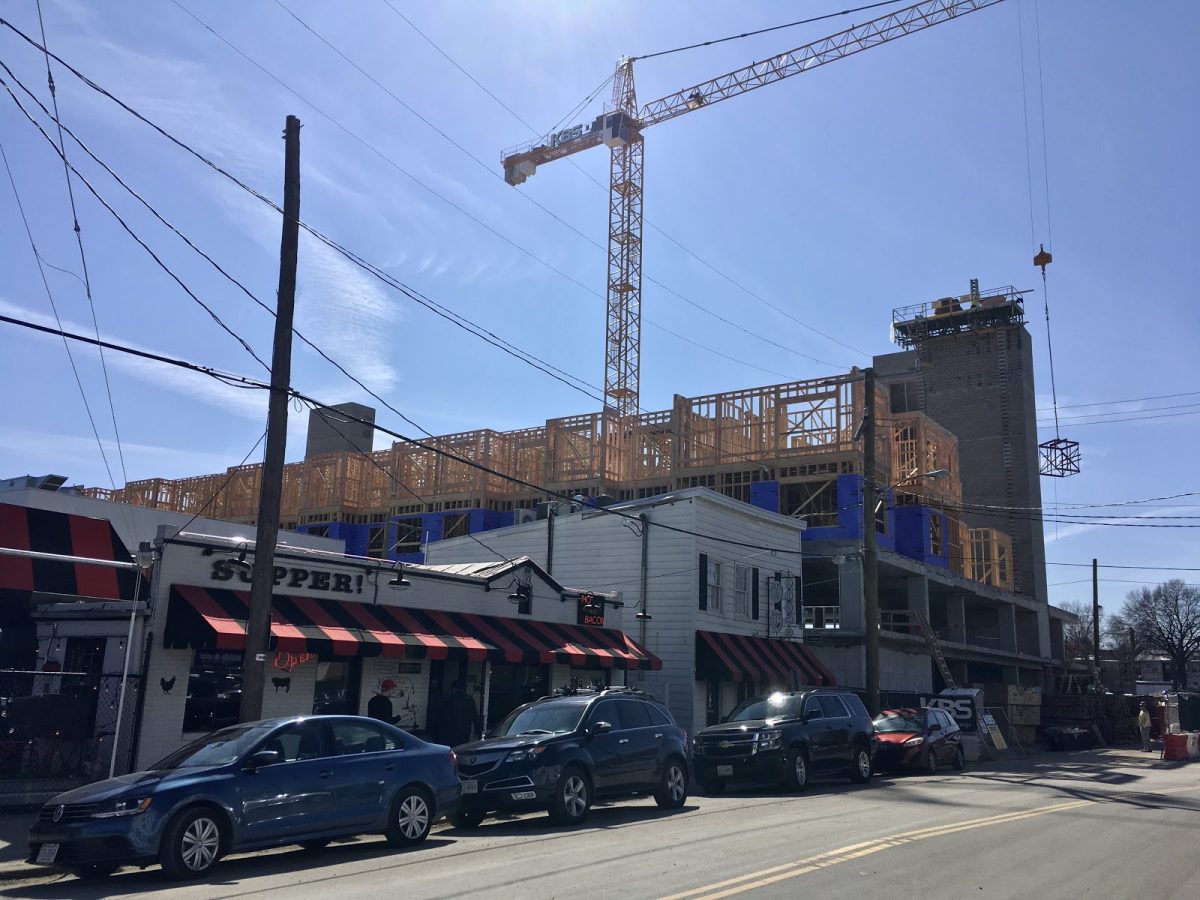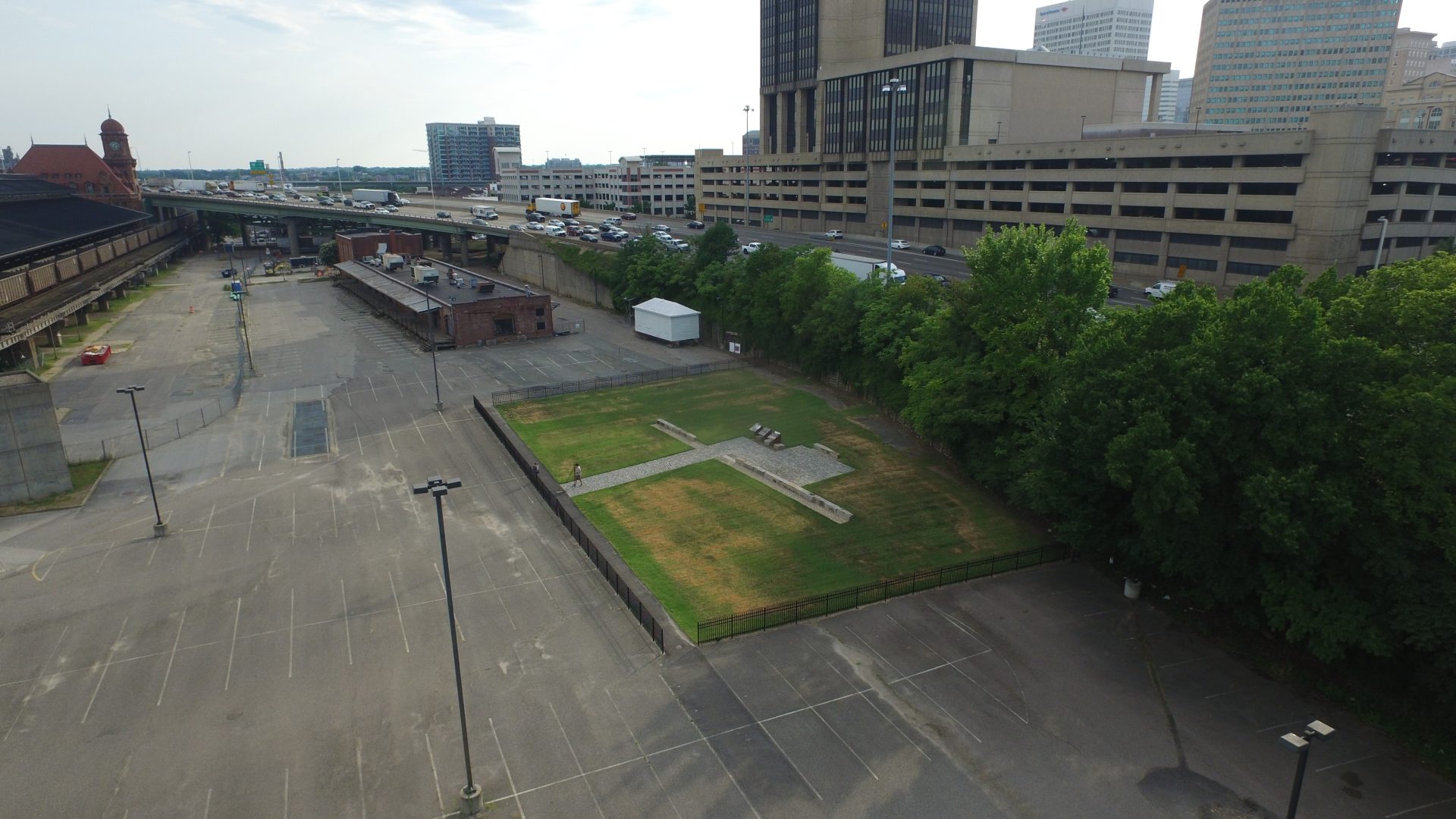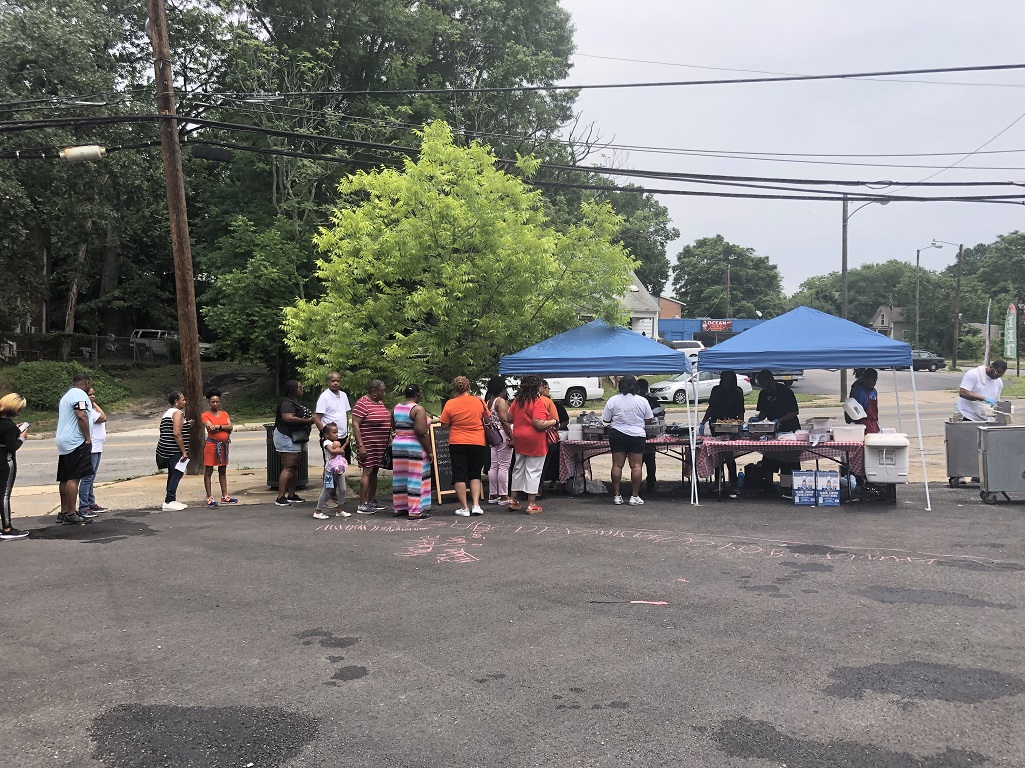The founders of Fonticello Food Forest bent down under the picnic table to pick edible chickweed leaves and lavender flowers. Moments later they were running to their neighbors’ aid – some of their chickens were loose. Jameson Price and Laney Sullivan founded the...




